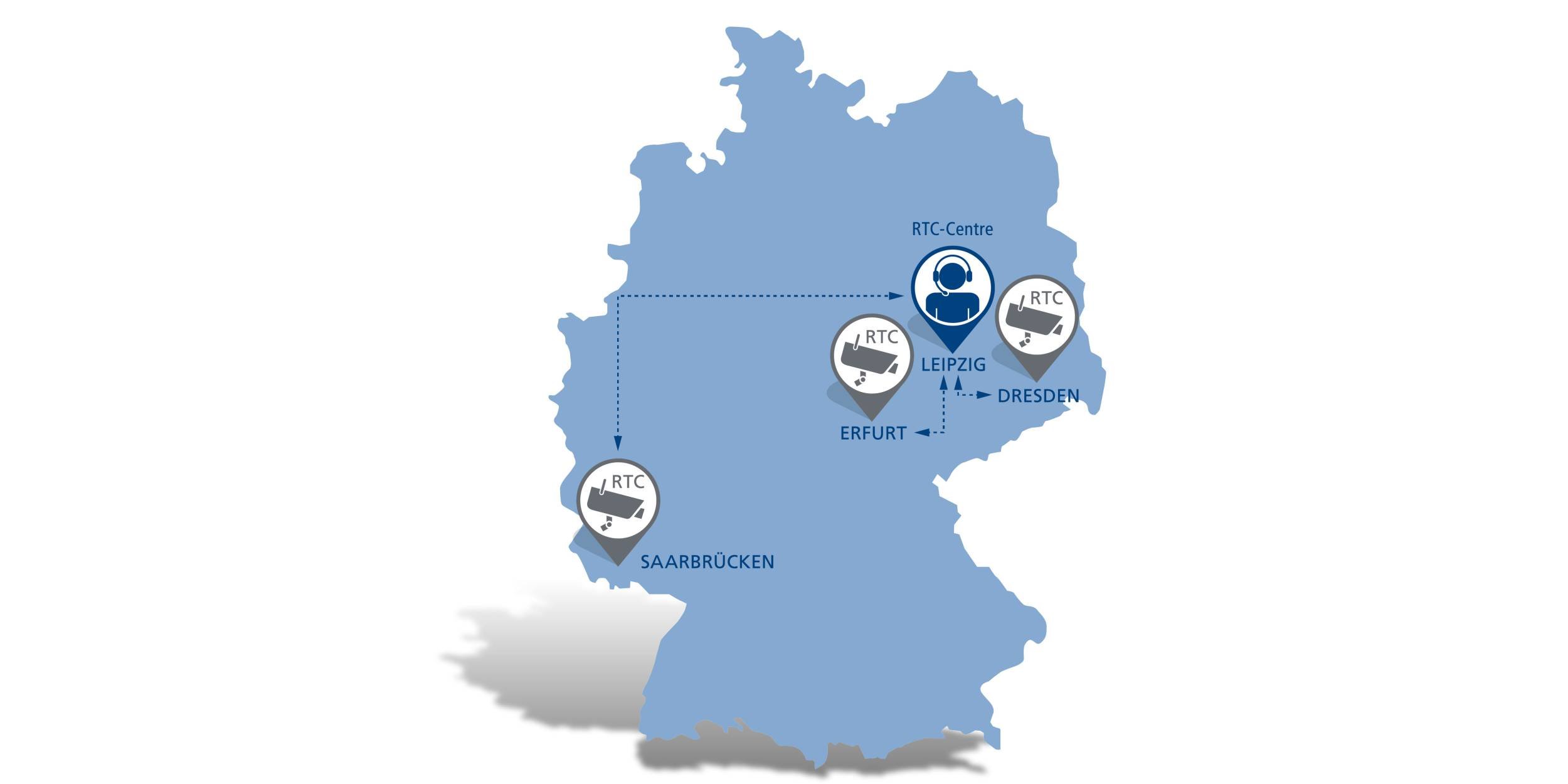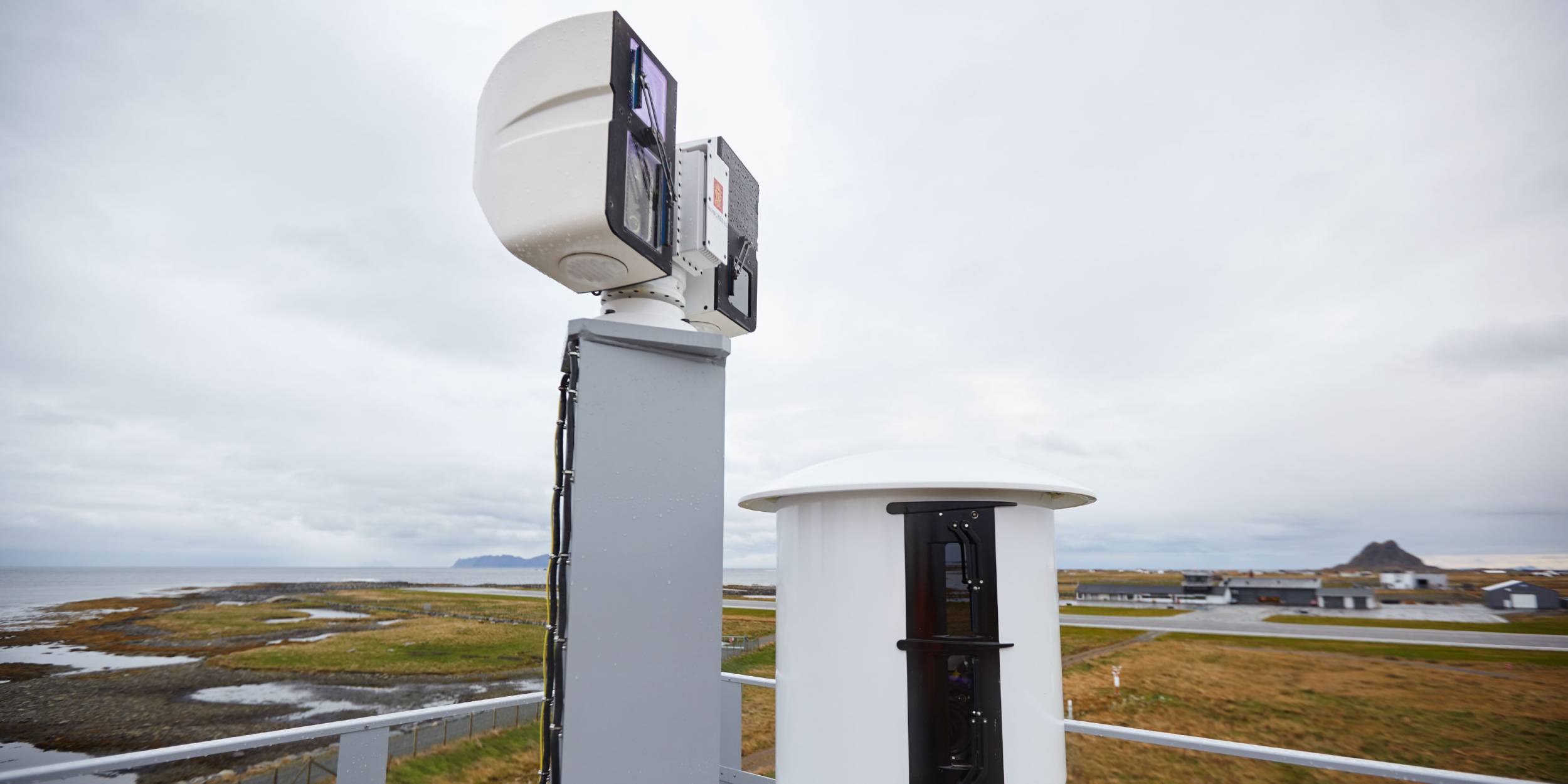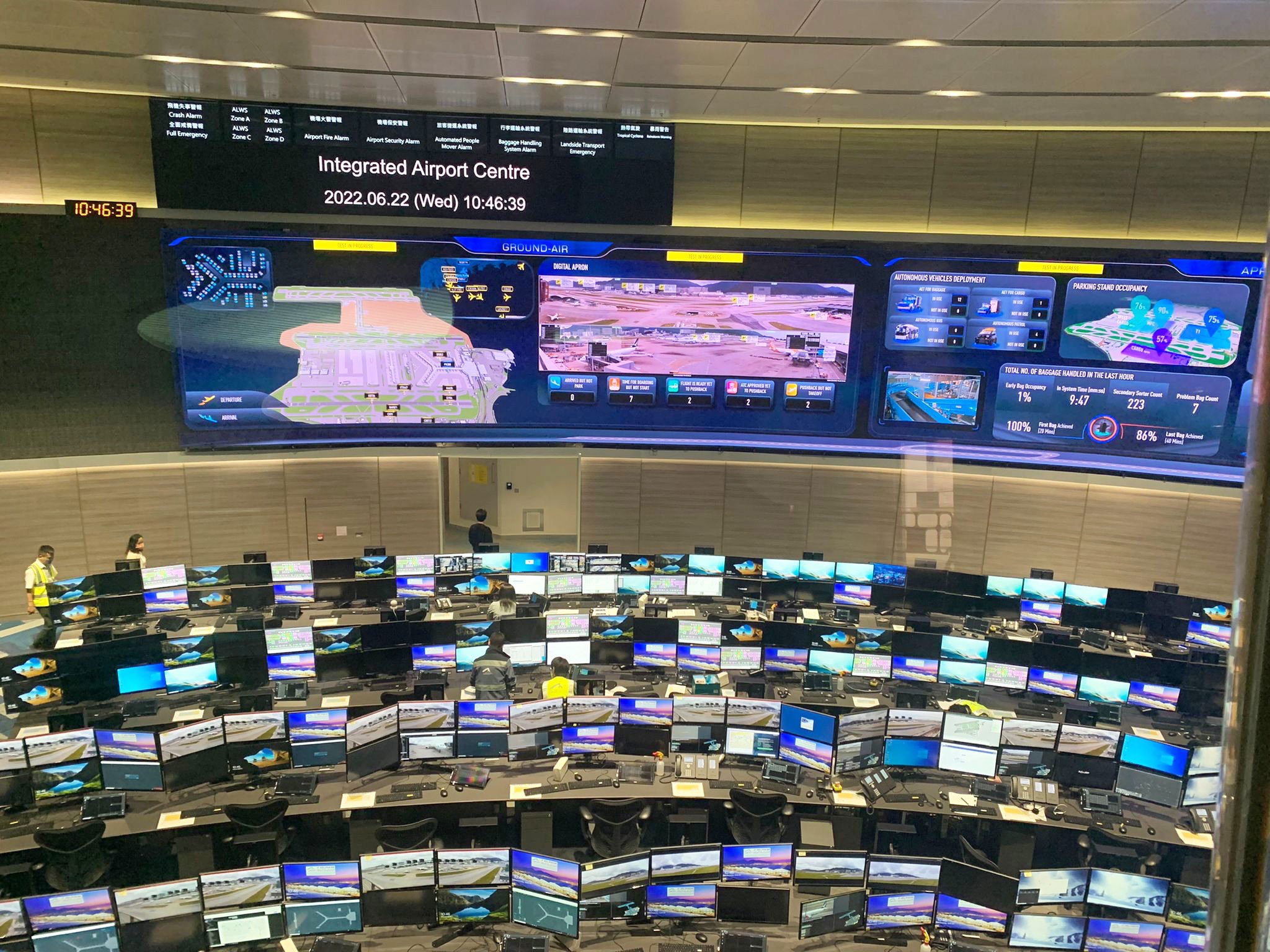Click Here to View This Page on Production Frontend
Click Here to Export Node Content
Click Here to View Printer-Friendly Version (Raw Backend)
Note: front-end display has links to styled print versions.
Content Node ID: 413865
Remote tower technology is reaching maturity and going operational in Europe, Asia, and Canada. But in the U.S., one of two such projects is being shut down by the FAA and the other has received a stop-work order.
European suppliers and one in Canada have dozens of remote and digital tower projects under development or in operation at airports of various sizes in Europe and Asia. Even projects at large airports are moving ahead, including experimentation at London Heathrow (EGLL) in shadow mode with nearly 475,000 movements per year.
Nav Canada has a couple of operational systems and has a tender out for bids to construct multiple remote tower (RT) centers to serve airports in various regions.
At the same time, though, the FAA is shutting down one of its two RT projects—at Leesburg Executive Airport (KJYO)—after the vendor Saab pulled out.
And, in November 2022, the FAA placed a stop-work order on the other one, at Colorado Northern Regional Airport (KFNL), which is supplied by Searidge Technologies of Ottawa, Canada.
The FAA gave Searidge six months to make modifications, including improving visual acuity. In early March, Searidge demonstrated a few 4K cameras at KFNL showing improved performance over existing 1080 HD cameras.
Bill Payne, the project manager of the Colorado Department of Transportation’s Remote Tower Project, is hopeful that Searidge can produce the needed system design approval documents soon so the FAA will continue to evaluate the system at the KFNL in Fort Collins, Colorado. The state has invested $8.8 million in the project.
The FAA now wants all RTs to be evaluated at a testbed at its Tech Center in New Jersey before they are approved. This comes after eight years of FAA testing of the system at KJYO before Saab pulled out, not seeing a path to certification. The FAA said in an email: “The RT at KJYO will not be operational because the company [Saab] terminated its request for approval. Continued use of this unapproved system poses an unacceptable level of risk.”
Said Payne: “Going to the Tech Center may have some real benefits but it may take two or three years to get system design approval, then another two years to deploy it to an airport and get it certified." The Colorado DOT sees no reason to take the Searidge system to Atlantic City after years of testing at KFNL. Payne is optimistic that KNFL certification could take advantage of the remote tower facility already in place so that similar systems can be installed at other airports in the state.
“With the failure to certify the KJYO system, a success at KFNL will not only be a win for the state of Colorado and the airport but also the FAA, which is under considerable pressure from Congress to deliver on the mandate to develop a remote tower pilot program as contained in the 2018 FAA Reauthorization Act,” Payne said.
In a March 10 letter to Leesburg Mayor Kelly Burk, an FAA Nextgen official wrote, “Saab has stated it wishes to focus its efforts on pursuing system design approval for its future RT product offering.” The system at Leesburg is a first-generation Saab system and second-generation ones are now deployed and operating around the world.
LFV, the air navigation service provider (ANSP) of Sweden, and Saab pioneered the operational use of the first RT in the world eight years ago at Sundsvall, controlling traffic at Örnsköldsvik Airport about 75 miles away. Four airports are controlled from Sundsvall now.
Searidge is wholly owned by UK ANPS NATS Services but remains a separate business. NATS and Searidge have major projects at Heathrow, Hong Kong International Airport, Singapore Changi, and Hamad International Airport in Doha. NATS is not directly involved in the KFNL project.
Andy Taylor, chief solutions officer for NATS, said the digital system at Hong Kong using Searidge systems displays images from 200 cameras to three units on the airfield: the digital tower, the digital apron tower, and the digital operations center. “It is the biggest digital tower in the world,” he said. It is moving into the certification stage.

Testing New Systems
Meanwhile, Raytheon has teamed up with Frequentis of Austria to offer RT systems in the U.S. and will begin testing at Atlantic City rather than deploy their system first at a client airport. The FAA said by email that it is working with the Raytheon/Frequentis team, which is the first to request testing and evaluation at the FAA Technical Center.
The Frequentis system proposed by Raytheon will use 360-degree, high-resolution cameras to produce images stitched together to create a panoramic display of airport runways and taxiways similar to the Searidge system at KFNL. Frequentis DFS Aerosense says dozens of airports in the U.S. are interested in getting a digital tower instead of a concrete one because the cost/benefit is significant.
The FAA’s preliminary analysis, cited in a presentation to its research, engineering, and development advisory committee on March 15, shows RTs are “likely a cost-effective alternative to brick-and-mortar for most airports, but it is site-specific.”
But the FAA still seems to favor traditional towers. In April, it announced it will replace 31 traditional towers at municipal or smaller airports using standardized buildings 60 to 119 feet tall with environmentally friendly sustainable materials and energy systems. The agency is setting aside $500 million from the infrastructure bill to support site evaluation, preparation, and early construction activities.
The total count of remote tower projects worldwide shows the FAA’s lagging position in the use of this technology. Think ATM and Airports Consultancy in the UK has a web page cataloging all of the RT projects underway. It lists 20 that are operational and more than twice that many in various stages of study and development. Ten are about the size of KJYO and KFNL in terms of the number of movements. More than 10 projects are at international hubs with 150,000 to 300,000-plus movements per year.
Magic in the Software
The RT industry segment loosely uses terms such as RT, digital towers, and hybrid towers depending on the applications but regardless of where the equipment is deployed, it relies on commercial off-the-shelf cameras, servers, and displays driven by proprietary software.
“The magic is done in the software,” said Taylor. “In addition, cameras mounted on masts at airports can ‘see’ better than humans during dusk as the camera manages the low-light levels more effectively than human eyes and where arrays are placed around an airport to provide additional views of more distant or obscured areas [such as behind terminal buildings, hotels, and hangars].” And infrared cameras can be added. Controllers are not limited by lines of sight from a single physical location and as visibility reduces the views are better than from a single physical tower.
Payne doesn’t think that simply trying to reproduce the out-of-the-window view from a legacy air traffic control tower and not taking advantage of the technology makes sense. Putting cameras at the end of runways that can zoom in on arriving aircraft and provide a better view of the hold short line is superior to the out-of-the-window view, even using binoculars, he said.
Some U.S. airports want to add that capability to traditional towers. “It’s more efficient for a controller to view an aircraft on a display located at the controller’s console or as a picture-in-a-picture on a video wall,” Payne added. “And it also favors the use of surveillance radar to mitigate shortcomings in electro-optical cameras for situational awareness at airports with 50,000 movements.”
There are RTs that are rooms with displays fed by cameras on masts at airports, and these can be in a building on or near the airport or in some cases at a tower hundreds of miles away—as is the case with a center operated by ANSP DFS Deutsche Flugsicherung in Leipzig, Germany. The equipment is supplied by Frequentis DFS Aerosense, a joint venture between the German ANSP and remote tower equipment supplier Frequentis of Austria.

Directing Multiple Airports
The Leipzig center has DFS controllers now directing traffic at two airports with about 10,000 movements per year each: Erfurt-Weimar (EDDE) is 60 miles away and Saarbrucken (EDDR) is 280 miles from Leipzig. The 21 controllers at Leipzig are cross-trained now to work at either airport. Remote services for Dresden airport (EDDC) with 27,500 flight movements in 2019 will be added at the end of 2024 as the controller workforce reaches 30.
Other remote centers aim to control dozens of airports from one location. In addition to the RT center controlling four airports from Sundsvall, Sweden’s LFV ANSP and Saab have one in Stockholm designed for 25 airports, several of which are already connected.
Norway’s Avinor ANSP has an RT center as well as a contingency center set up in Bodo serving 11 airports now with 1,200 to 7,000 movements per year, including air ambulances. This consolidation of towers and services at airports in communities as much as 620 miles away involves aerodrome flight information service (AFIS) specialists, not controllers. AFIS specialists provide information including weather and traffic on the runway but don’t tell a pilot what to do.
Avinor has decommissioned 11 towers and will decommission four more as these airport services are moved to Bodo and then possibly 10 more airports after that. In the future, one AFIS specialist could handle two or more airports simultaneously, and the affected unions are on board with this. Kongsberg, a Norwegian aerospace and defense company, provides the remote tower systems.

NATS and Searidge have digital tower equipment installed for developmental use at Heathrow’s traditional tower where controllers can move from their perch high above the runway controlling traffic to a floor below to see the camera equipment that is tracking movements in shadow mode. With 4K camera systems installed, Taylor said, new controllers say “wow” the minute they first walk into the digital room. NATS is winning the hearts and minds of controllers with this approach.
The plan at Heathrow is to control a new runway, not yet under construction, with camera assistance without building a second traditional tower at a cost of over 100 million pounds. In addition, NATS plans to replace the current contingency tower at Heathrow, which has no view of the runways and depends on radar-based procedural control with an all-digital room with camera displays onsite at the airport. The new digital room will handle 100 percent of normal traffic versus only 70 percent with the current setup.

The use of digital panoramic and pan tilt zoom camera display equipment with enhancements such as head-up labeling and overlays in a traditional tower with controllers looking out the window is called a hybrid tower. This hybrid solution is what has been introduced in Hong Kong and also at Doha and will be used on Heathrow’s new Runway 3.
“RTs are mature and accepted by regulators in Europe, including the United Kingdom’s Civil Aviation Authority,” said Taylor. Some of the airports in the UK are comparable in activity to traffic at KJYO and KFNL, especially Farnborough Airport where controllers handle small business jets. NATS is in RT talks with some of these airports.
But most regulators, not just the FAA, have struggled to get their arms around technology that can do things for controllers they have never done before from a traditional tower.
When NATS began controlling traffic at London City International Airport in 2021 from an RT 70 miles away, it became the first major airport to do so, controlling 40,000 movements per year. Saab supplied the system using 16 HD cameras on a 164-foot-tall mast at the airport feeding displays at the control center in Shanwick. There was extensive testing before the London City RT was cleared for use. Certifying the novel technology wasn’t easy. The process for the first one won’t be a model for how it is done in the future.